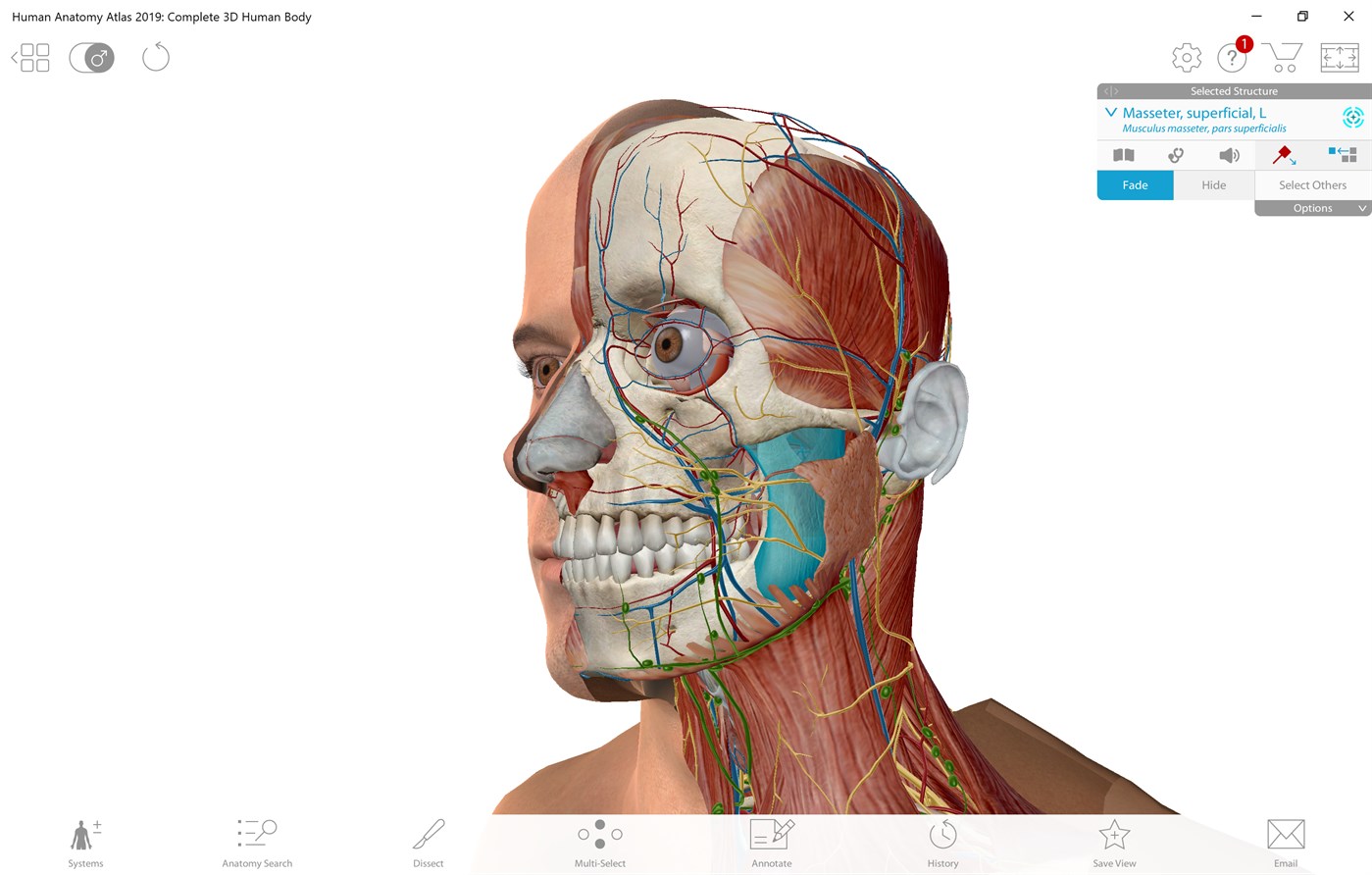
(ISBN: 9780723438274) from Amazons Book Store. Since 1987 - Covering the Fastest Computers in the World and the People Who Run ThemBuy Human Anatomy, Color Atlas and Textbook, 6e: With STUDENT CONSULT Online Access 6 by Gosling MD MB ChB FRCS, John A., Harris MD MB ChB MSc, Philip F., Humpherson MB ChB, John R., Whitmore MD MB BS LRCP MRCS, Ian, Willan MB ChB FRCS, Peter L. The original atlas is from the 18th century, thus one could expect such a. With more than 2,000 exquisitely detailed illustrations, including over 120 new to this edition, the Atlas helps students and seasoned clinicians master the details of human anatomy.A very striking ex- ample for this is provided by 'atlases' of human anatomy. Atlas of Anatomy, Fourth Edition builds on its longstanding reputation of being the highest quality anatomy atlas published to date.

“By doing the basic science of collecting all of this information and presenting it through SenNet, there is incredible potential to learn more about the role these cells play in disease and develop pharmaceuticals that target them.”“This opportunity to grow our multi-institutional collaboration we established in HuBMAP is as exciting as the science of the SenNet Consortium itself,” he added. A team to coordinate and provide the computational infrastructure necessary for the effort, led from Pittsburgh, will be funded at a level of $3.5 million in the first year, with a total of $17.5 million over five years.SenNet’s Consortium Organization and Data Coordinating Center (CODCC) will be led by Principal Investigators (PIs) Jonathan Silverstein of the University of Pittsburgh, Ziv Bar-Joseph of the Carnegie Mellon University School of Computer Science and Phil Blood of the Pittsburgh Supercomputing Center (PSC), a joint research center of CMU and Pitt.“I think that the science of senescent cells is tremendously exciting because of their potential impact on a whole variety of diseases,” said Silverstein, Chief Research Informatics Officer, Health Sciences and Institute for Precision Medicine and Professor, Department of Biomedical Informatics, at the Pitt School of Medicine. Funded by the National Institutes of Health (NIH) and coordinated by scientists in Pittsburgh, the Cellular Senescence Network (SenNet) will create a navigable, 3D map of the body that offers data and analysis on cellular aging.
Just as Google Maps provides detailed information about every locale it stores, SenNet will provide data and analysis about the process of senescence for cells, tissues and organs, down to the molecular scale. The goal will be to create a kind of “Google Maps” of the aging tissues of the body, which can be navigated by scientists studying any number of processes in health and disease. But scientists don’t know nearly as much as they’d like about how cells age, the effects of senescence on neighboring tissues and above all how the process leads to disease.SenNet’s core mission will be to dive deep into the process of cellular senescence, decoding how it happens both biochemically and at the level of microscopic anatomy. It’s also front and center in a number of healthy life processes at all ages. This process, called cellular senescence, is central to aging and a number of human diseases, among them Alzheimer’s disease, amyotrophic lateral sclerosis, type 2 diabetes and some cancers. Bar-Joseph, Blood, and Silverstein collaborate closely as PIs in HuBMAP.As cells and tissues in human bodies age, they lose their ability to grow and repair themselves.

ColdQuanta Founder and CTO Dana Anderson Awarded 2021 Willis E. Veteran Quantum Computing Executives Join Atom Computing SEEQC UK Awarded $9.2M Innovate UK Grant to Build Enterprise-Level Quantum Enhanced Computer KETS Quantum Security Announces Participation in $12.1M ‘Quantum Data Centre of the Future’ Project The Pittsburgh group’s NIH award number is U24CA268108.You can find more information on SenNet and the NIH grant here.Source: Ken Chiacchia, Pittsburgh Supercomputing Center


 0 kommentar(er)
0 kommentar(er)
